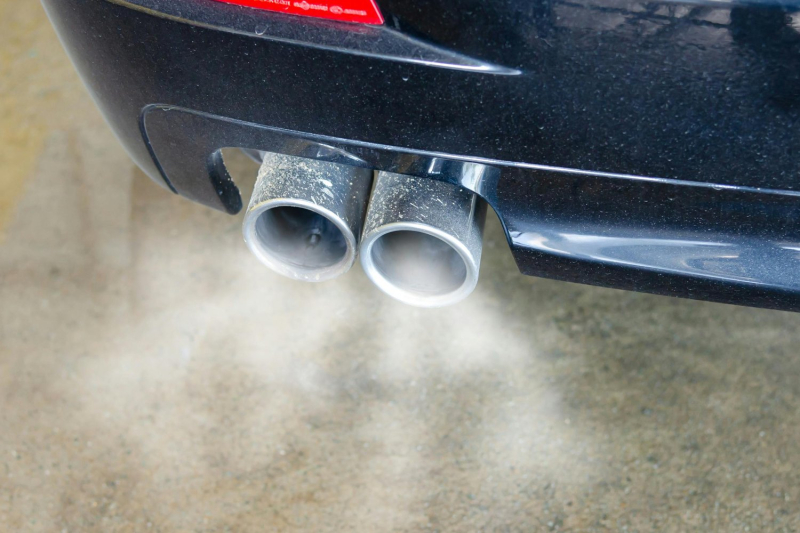
© Pexels
The difference between the advertised consumption and real-world range of vehicles is not new to motorists. Electric vehicles are also the source of all criticism regarding their advertised ranges, which are often far from reality.< /p>
However, they are not the only ones to blame, since a recent study by the European Commission shows that thermal vehicles are also affected. The institution has quantified this gap precisely, revealing figures showing that manufacturers are misleading motorists with an overly lax standard.
20% more
Based on the analysis of 600,000 vehicles in circulation in 2021, this study highlights an average overconsumption of 20% compared to the approved values. In detail, the gaps are 23.7% for gasoline engines and 18.1% for diesels. This data was collected via the vehicles' on-board diagnostic (OBD) systems, providing a real-world insight into performance in everyday use.
The evolution of standards
Since 2018, the WLTP protocol(Worldwide harmonized Light vehicle Test Procedure) which has been much talked about since the arrival of electric vehicles has replaced the old NEDC (New European Driving Cycle) system, in force since 1973. This change was intended to provide measurements closer to the reality of use. Despite this development, it is clear that significant gaps persist between official figures and consumption in real conditions.
The Commission's justifications

© Jai79 (via Pixabay)
The European Commission explains these differences by several factors that are difficult to reproduce in the laboratory. It cites in particular variable traffic conditions, the topography of the roads used, weather conditions, the use of on-board equipment such as air conditioning and electronic systems, as well as the individual behaviour of drivers. While these arguments are admissible, they nevertheless raise the question of the relevance of current tests, which clearly do not reflect driving conditions close to everyday life.
200% Deposit Bonus up to €3,000 180% First Deposit Bonus up to $20,000The special case of plug-in hybrids
The study reveals a major surprise concerning plug-in hybrid vehicles. Often presented as an ecological solution, these models display environmental performances well below the promises. Their CO2 emissions are on average 3.5 times higher than the announced values.
This finding suggests suboptimal use of these vehicles, probably due to a lack of regular recharging and frequent use in thermal mode. This still represents on average an additional consumption of 4.21 liters per 100 km, compared to what is announced by the manufacturers.
This also shows a lack of knowledge among motorists who buy vehicles without knowing how to operate them optimally.
Information that hurts the wallet
While the automobile industry is undergoing major changes, these results highlight the importance of a global approach in assessing the economic and environmental impact of vehicles. Obviously, this is crucial information to take into account regarding the ecological transition.
But for the motorist who is trying to choose his next vehicle while having a limited budget, real consumption is also an essential point. By having distorted information even before purchasing, it is difficult to choose reasonable consumption. On the manufacturers' side, these data highlight the need for greater transparency in communicating vehicle consumption performance.
As for regulators, the effectiveness of current standards is questionable, potentially calling for a revision of test protocols in order to approach real driving conditions.
- Electric vehicles are often accused of having overinflated range figures. Here, the European Commission looked at the difference between the announced consumption and the actual consumption of thermal and plug-in hybrid cars
- Between the figures announced according to the WLTP standard and the actual consumption, the Commission highlights an average overconsumption of 20%
- Plug-in hybrid vehicles are the worst performers with CO2 emissions on average 3.5 times higher than the announced values, and also a consumption of 4.21 liters per 100 km more
📍 To not miss any Presse-citron news, follow us on Google News and WhatsApp.
[ ]

